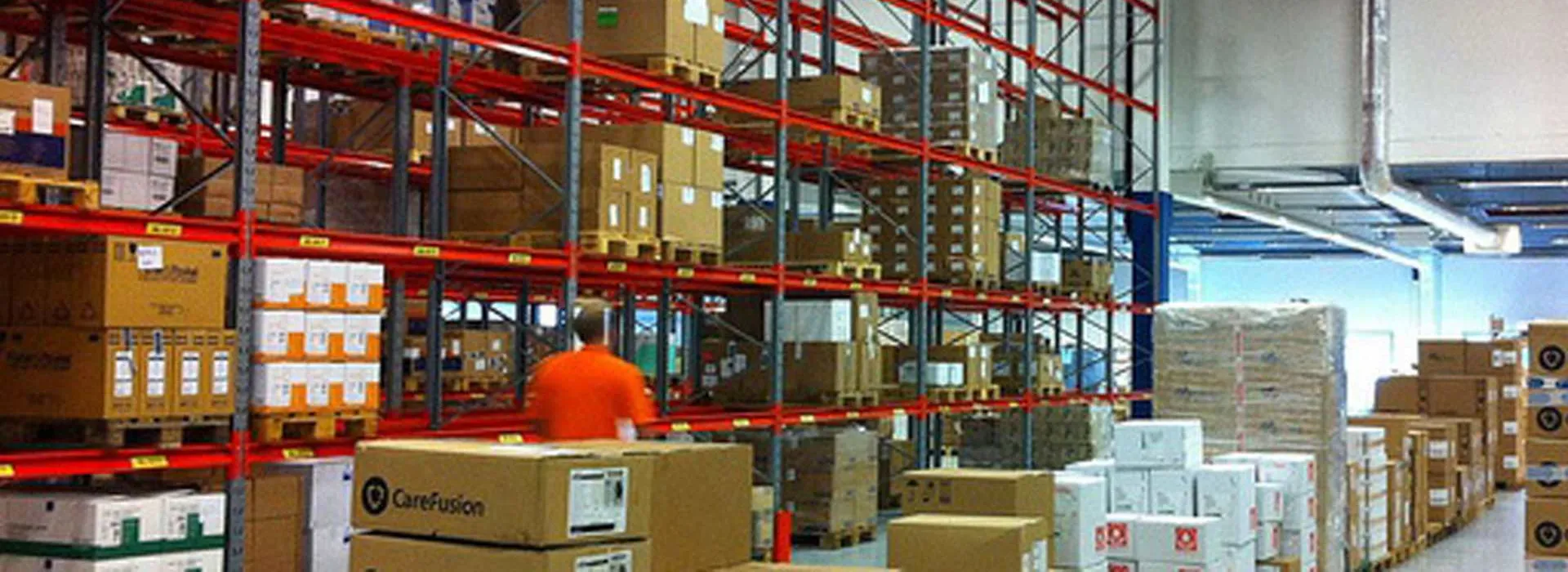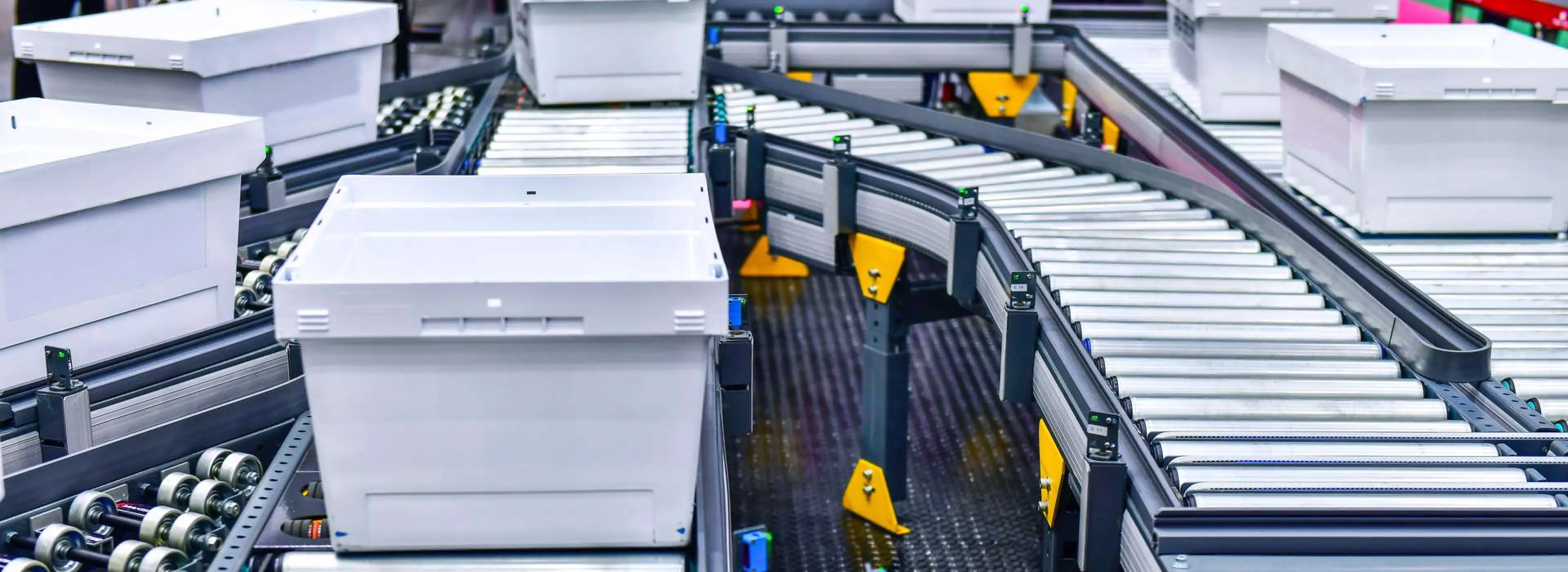The introduction of mobile technologies is changing the landscape of the logistics industry. Today, supply chains are already beginning to adopt mobility solutions in response to the increased use of technology by consumers. Many logistics companies have already taken the first step by introducing handheld computers and rugged tablets throughout their logistics operations.
Download Guide: 7 Technologies That Will Change the Warehouse
Another easy-to-adopt logistics mobility trend often found in conjunction with handheld or wearable computers is smart, mobile printing. Using small, portable, smart printers instead of traditional stationary units is more convenient, productive, and cost-effective.
What is a Smart/Mobile Printer?
Mobile printers are networked printers typically connected to your network using warehouse-wide wireless and/or short-range Bluetooth technology. These point-of-use, modern mobile printing systems are designed to be lightweight and durable and are able to perform in a range of environments, including in the warehouse or on the road. Implementing smart printer technology can benefit both internal printing needs and customer-facing documentation; they can be used for barcode and RFID labels, receipts, invoices and tickets, as well as replace other manually written documents at any point along logistics operations.
Benefits of Mobile Printing
“Today’s generation of mobile printers are key enablers for improving business processes,” according to SupplyChain247. “Printing at the point of use can deliver efficiency gains and cost savings to entirely new areas of the enterprise.” Effective and efficient labeling is key to streamlining operations across warehouses, distribution centers, manufacturing and delivery operations. Logistics companies can use mobile printers in shipping and receiving, picking and sorting, inventory management, and more.
These mobile printing solutions allow workers to print and label inventory as they interact with it. The ultimate goal of adopting mobile printing is to increase productivity and cost efficiency. Reducing the amount of time required to label keeps labor costs under control. The adoption of mobile printers nearly eliminates the time and number of steps involved when each warehouse employee needs to cross the warehouse to a central printer location, allowing your workers to focus their time and energy on higher-priority tasks. When mobile printing is adopted, staff is able to redistribute their time spent printing to more valuable tasks, eliminating unnecessary labor time and costs.
According to inboundlogistics.com, mobile printing in the field could have a major impact on increased productivity as well. In the field, mobile printers will allow drivers to document delivery receipts, pick-up notices, and other documentation at the point of delivery, using the network to store and secure any of the data collected. This transition dramatically reduces the potential for clerical errors and keeps your on-the-road team and warehouse team connected and in the know of all order statuses—in real-time and company-wide.
Choosing a Mobile Printing Option
Though there are multiple options on the market for mobile printers, logistics business owners still face the challenge of determining which model is right for their business. Factors you should bear in mind while forming that decision include what type of printing you need to complete, your overall printing volume, and what (if any) additional features you need your printer equipped with. Lighter, smaller, and ruggedized printer model options are becoming more and more available within the industry. Many of these printers are specifically designed with a level of durability that is conducive to a warehouse environment.
However, bearing in mind that increased productivity is the ultimate goal for a logistics company considering adopting mobile printers, evaluating how your particular operations will be affected is key. Logistics Online makes an interesting point: productivity enhancement isn’t a line item on mobile printer spec sheets that organizations can use to easily compare different models.
Therefore, rather than simply purchasing, it’s in the best interest of your organization to examine the spec sheets and determine which available printer features and functions are top priority. Spec sheets may include “printer sizes and weights, print widths, media compatibility, wireless connectivity support, I/Os, power sources, and other configuration options” that add up to thousands of potential choices. The key to selecting the best mobile printing solution is to understand the relationship between the need for features and your enterprise, so be sure to weigh each internal process and make note of any vital interactions employees have with printed information. This exercise will help nail down processes and workflows, allowing a logistics company to identify areas that could be improved by mobile printing.
To learn about warehouse technology trends, follow us on LinkedIn, YouTube, X, or Facebook. If you have other inquiries or suggestions, please contact us here. We’ll be happy to hear from you.












